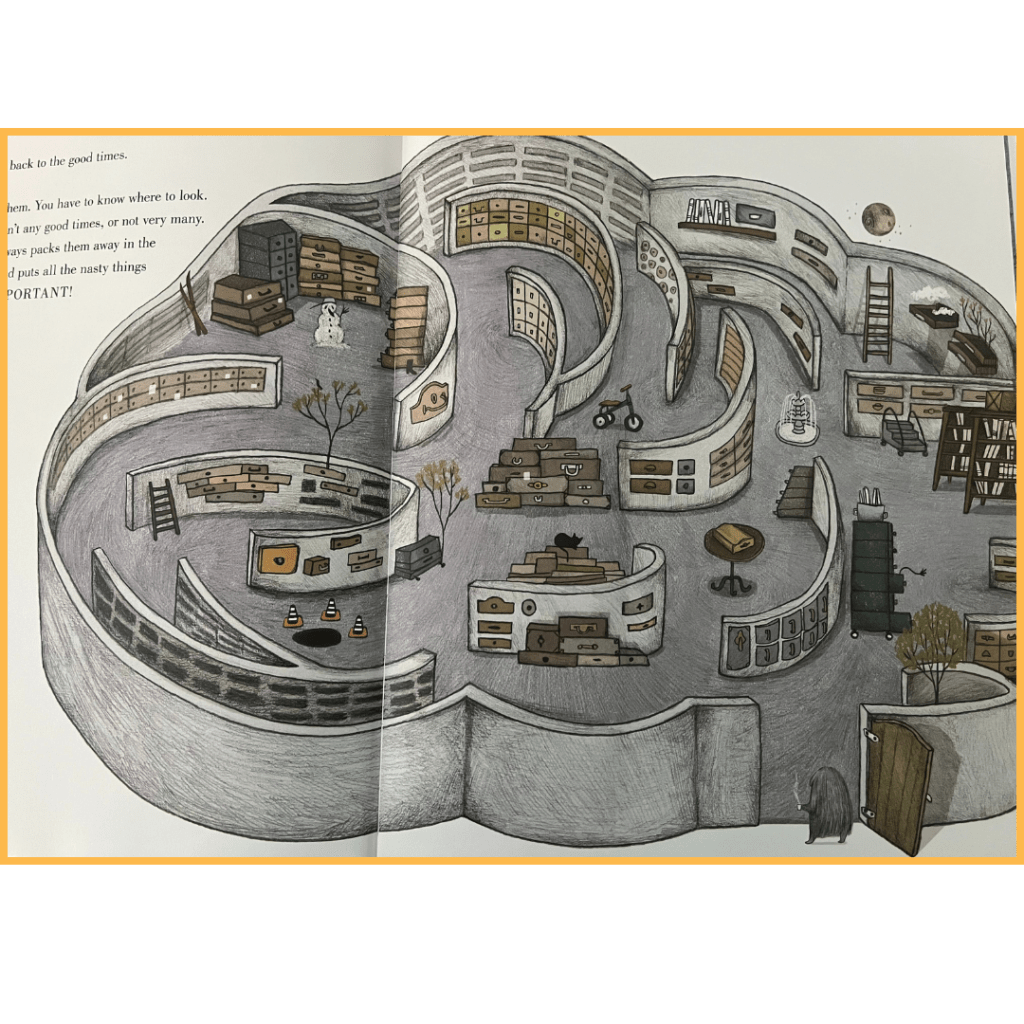The place of Picture Books in a library collection is a contested one. Children who belong to ‘hard’ levelled reading programs learn to use the Picture Book as a marker of fluency. Parents who grew up before the big boom of the Picture Book market , within the country and globally, see it quite like the illustrated books of their childhood – that possibly included bedtime rhymes, mutated versions of fairy tales, folk tales from a ‘foreign’ land , or grand stories like myths and legends that demand imaginative visual representation. Most children and adults are comfortable with photographs in books, specially Informational books. But the power of the Picture book, that tells a story in more than one mode ( text & visual & format)
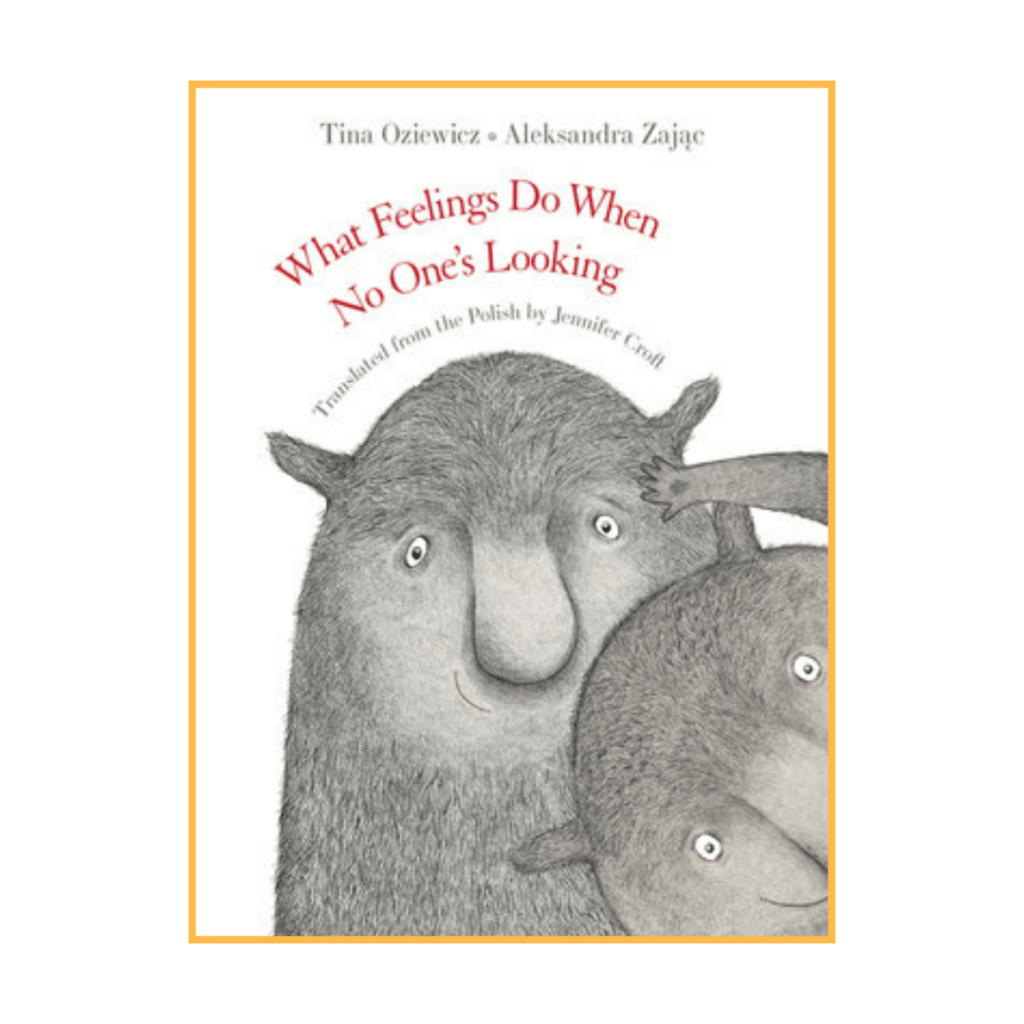 seems to be the preoccupations of a few. I am one of them.
seems to be the preoccupations of a few. I am one of them.
So, amongst this kind of a setting, when I first encountered a Polish book in translation by Jennifer Croft, with gray and pale blue illustrations – a book that soothed me and visually delighted me titled “ What Feelings Do When No One is Looking” by Tina Oziewicz and Aleksandra Zajac, I chose not to add it to the Bookworm library shelves. It was 74 pages long with approximately 5500 words and would likely have been passed along as being a book for very young readers. We continue to lean towards simplistic ideas of development where dealing with emotions may only be a matter for young children, despite the alarming struggle adults continue to have with all natures of emotions. Being an import it was expensive and my learnt rule of ‘every book a reader’ cautioned me to not buy, despite a quiet thrill on reading about Calm who pets a dog and Insecurity building a cage – all intimately familiar but I held back.
 Library life is replete with joy around every corner and so when I least expected a return to this world of grey creatures who resemble hedgehogs or owls – some with rounded noses and others pointed ones, embodying emotions of Bliss, Calm, Anxiety, Anger, Hate, Love amongst so many others – a librarian Andrea Pinto gifts me the second book in this theme.
Library life is replete with joy around every corner and so when I least expected a return to this world of grey creatures who resemble hedgehogs or owls – some with rounded noses and others pointed ones, embodying emotions of Bliss, Calm, Anxiety, Anger, Hate, Love amongst so many others – a librarian Andrea Pinto gifts me the second book in this theme.
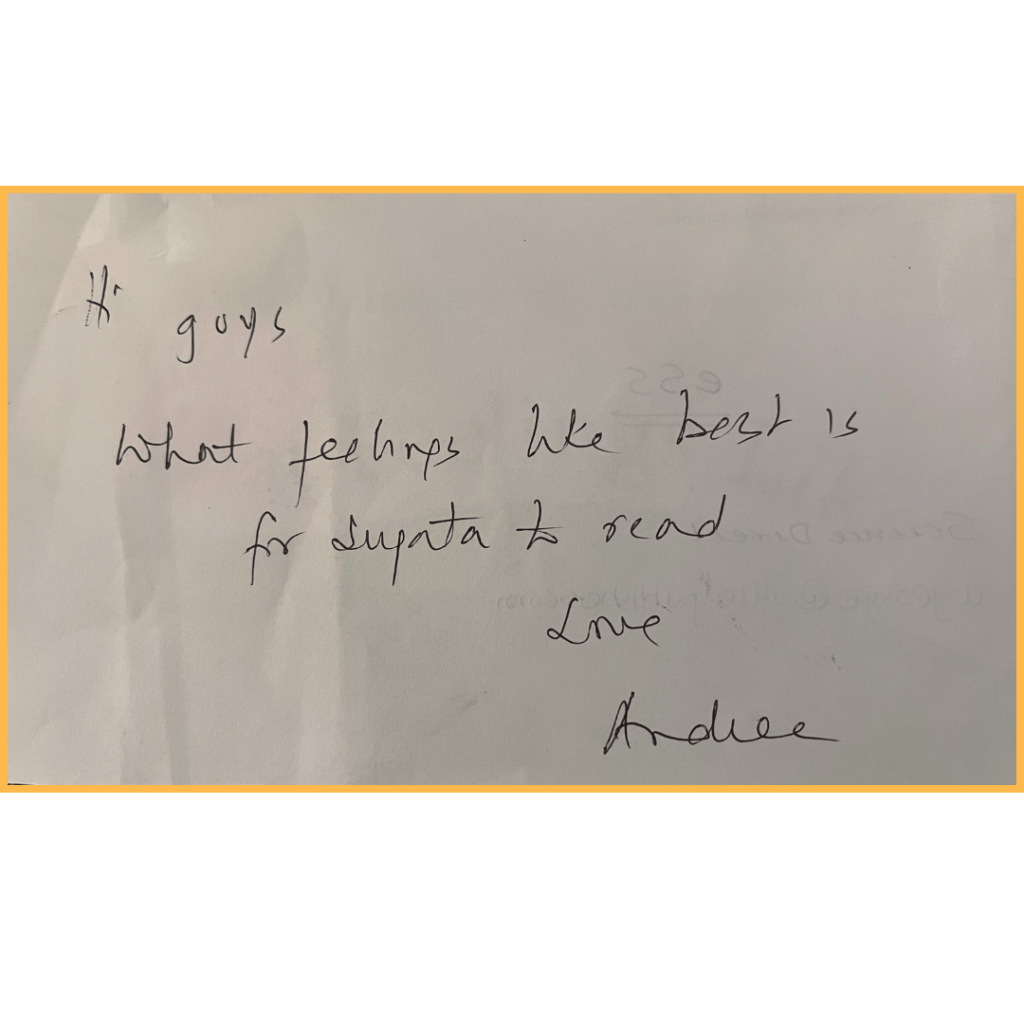
I have been holding this book for more than two weeks now. I am not a child reader and yet I feel this book is for me. As I have been thinking about these things, I encounter a parent who looks at the Bookworm book shelves and feels that we have inadequate books for older readers. I point to the ‘outstanding Picture Book’ shelf which harbours books that many adult readers have been moved by, reflect upon and learn from and indicate as such. I receive a look of consternation and observe a walk to the ‘Must Read’ shelf that harbours books in novel length and beyond.
We must have more open professional development sessions on the Role of Picture Books for older readers, but until then, let me tell you about What Feelings Like Best.
This book is translated by Antonia Lloyd-Jones and extends the first book with even more hope about our human forming. The story opens with my favourite season – Christmas and Nostalgia comes into frame feeling she is best served in the company of Sadness, Tenderness, Gratitude and Longing. All feelings that occupied my Christmas of 2024 – the first year we were not together as a small family. One of our children did not come home, some of our older pets had passed in the year and somethings were amiss but we also welcomed my mother into our home as a long term resident and had guests from near and far, so there was so many of the very emotions Tina Oziewicz writes about that were fresh and true for me- would it also be true for others ? I read on…
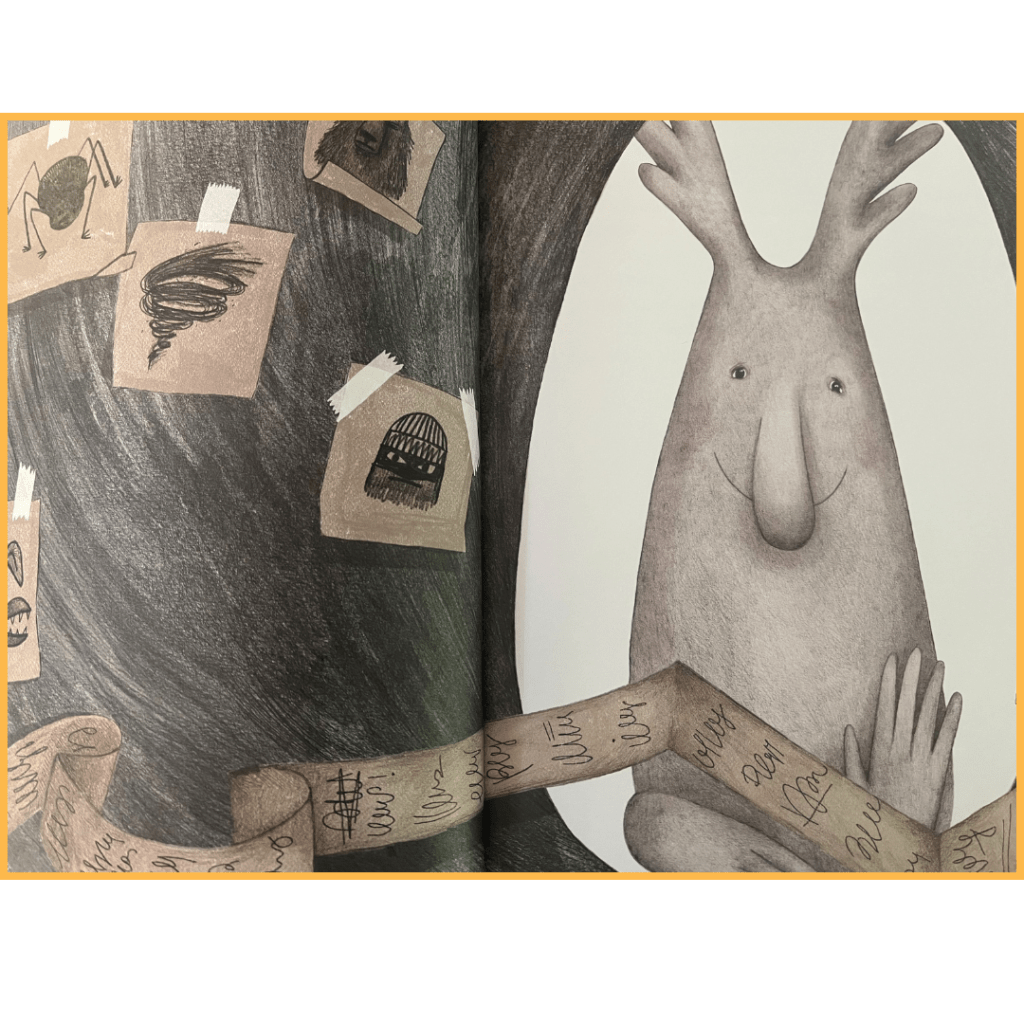
I meet Anxiety and Curiosity, both strong and very personal emotions who cannot do without each other and as reading promises, fresh thoughts emerged in my older perceptual self. Isn’t it true that my curiosity is the best company for my anxiety and with out my curiosity, my anxiety would overwhelm? Is this why I seem so resilient on the out side while my inside feelings are working their way around all the rest of it ? I delighted and in exploring the text realise how powerful the visual language of this book is too! We recognise how stubbornness is filled with determination that leads to justice, courage, common sense, wisdom and hope. I have been labelled stubborn and encounter many adults who mark this as a negative trait. But is it ? The matchstick ladder that Worthlessness chooses to climb is poignant and evocative of how we need to break this symbol to recognise how worth- filled each of us are and the illustrations show us this beauty on every page.
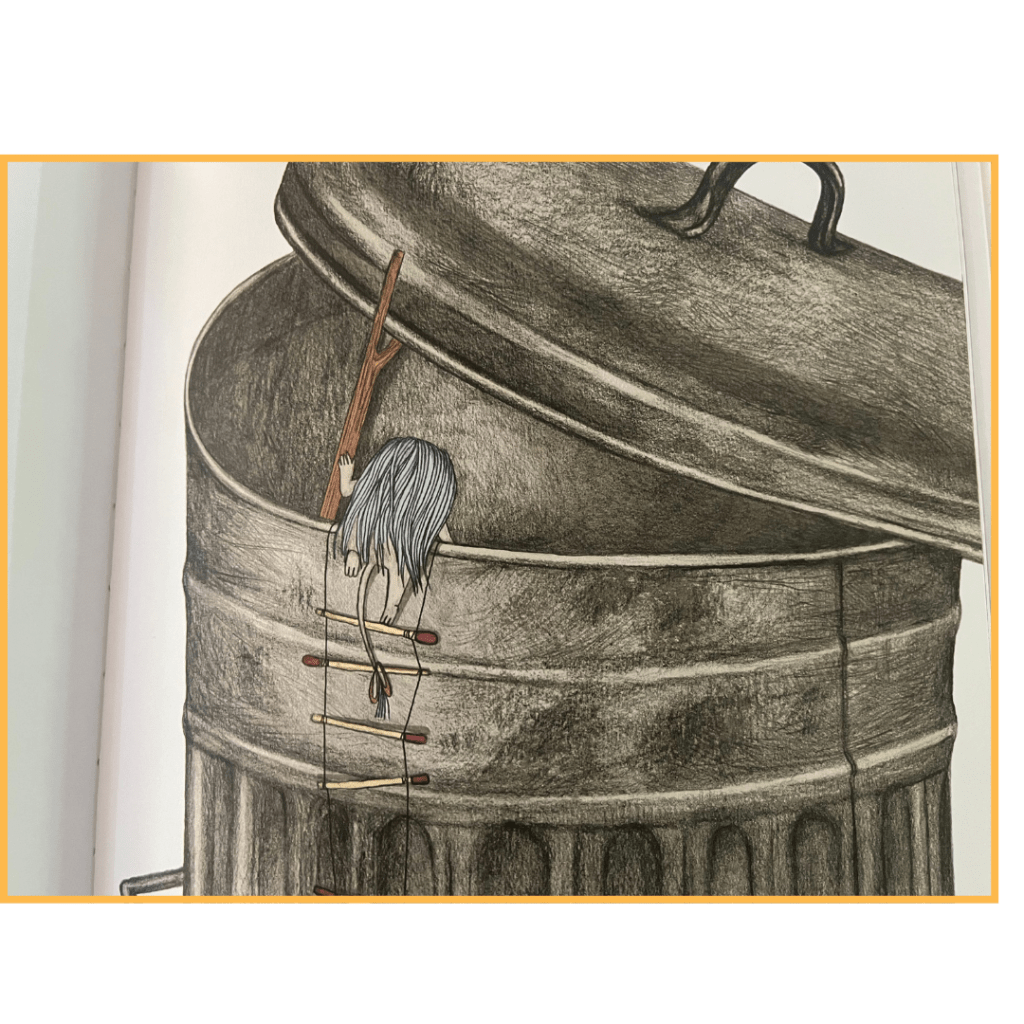
When I encounter Malice I feel reassured that the book does not attempt to simper and be cutesy like many emotion themed books, but rather it trusts the reader to recognise and acknowledge the ‘darkness’ that lurks but even the pages that include Malice and darker Memories are explained in text and image to soothe us and show us possibilities. So in that sense it is very much a book for children, but it is also very much a book for any age.
The format of these books is that of a Picture Book, which is one that essentially provides the reader with a visual experience. A picture book has a collective unity of story-line, theme, or concept, developed through the series of pictures of which the book is comprised. The book would be incomplete without the visual elements that make it a whole. When we declare that picture books are for children, we are also acknowledging that the creators had children in mind, as an intended potential audience and they respect children’s understanding, abilities, appreciations and potential as human readers.
As a reader, I invite all kinds of books into my reading diet and as a human being each of these books and this one is particular helps me understand my own complexities and accept them with joy and hope. Come borrow this from our library – whatever age you may be and thank you Andrea & Jerry Pinto !

